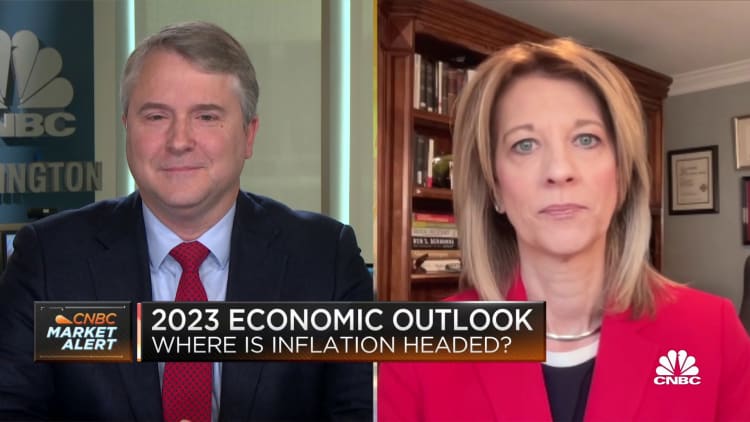
Stocks fell on Friday as investors made their final trades in the worst year for the market since 2008.
The Dow Jones Industrial Average slipped 280 points, or 0.8%. The S&P 500 shed 1.1%, while the Nasdaq Composite dropped 1.4%.
Friday marks the final day of trading of what’s been a painful year for stocks. A volatile bear market, sticky inflation, and aggressive rate hikes from the Federal Reserve battered growth and technology stocks. These factors also weighed on investor sentiment.
All three of the major averages are marching toward their worst year since 2008, slated to snap a three-year win streak. The Dow fared the best of the indexes in 2022, down 8.58% through Thursday, while the S&P and tech-heavy Nasdaq tumbled 19.24% and 33.03%, respectively.
As the calendar year turns the corner, some investors think the pain is far from over, and expect the bear market to persist until a recession hits or the Fed pivots. Some also project stocks will hit new lows before rebounding in the second half of 2023.
“We’re sort of stuck in neutral right now, because there are more unanswered questions than there are known entities. … We’ve got a lot riding on this coming earnings season, when we think about the pressures that are going to exist on margins,” Rebecca Felton, senior market strategist at Riverfront Investment Group, said on “Squawk Box.”
“There are a lot of questions as we head into the new year, but we certainly will be happy to see 2022 go over,” Felton added.
Despite the yearly losses, the Dow and S&P 500 are on pace to snap three-quarter losing streaks. The tech-heavy Nasdaq, however, is on track for its fourth consecutive negative quarter for the first time since 2001.
Communication services stocks in the S&P 500 are down more than 40% on the year and consumer discretionary has fallen 37.4%, while energy, the large-cap index’s only positive sector, has soared nearly 58%.
Next week will see a slightly more active slate for economic data, highlighted by the nonfarm payrolls report set for Jan. 6. Financial markets are closed Monday in observance of the New Year’s Day holiday.
— Gabriel Cortes contributed reporting
Correction: A chart in this story has been updated to reflect the correct year-to-date decline for the Dow Jones Industrial Average.







More Stories
Google restructures finance team as part of AI shift, CFO tells employees in memo
Tech Leads Stocks Higher as Investors Mull Mixed Inflation Data
California minimum-wage mandate causes maximum damage